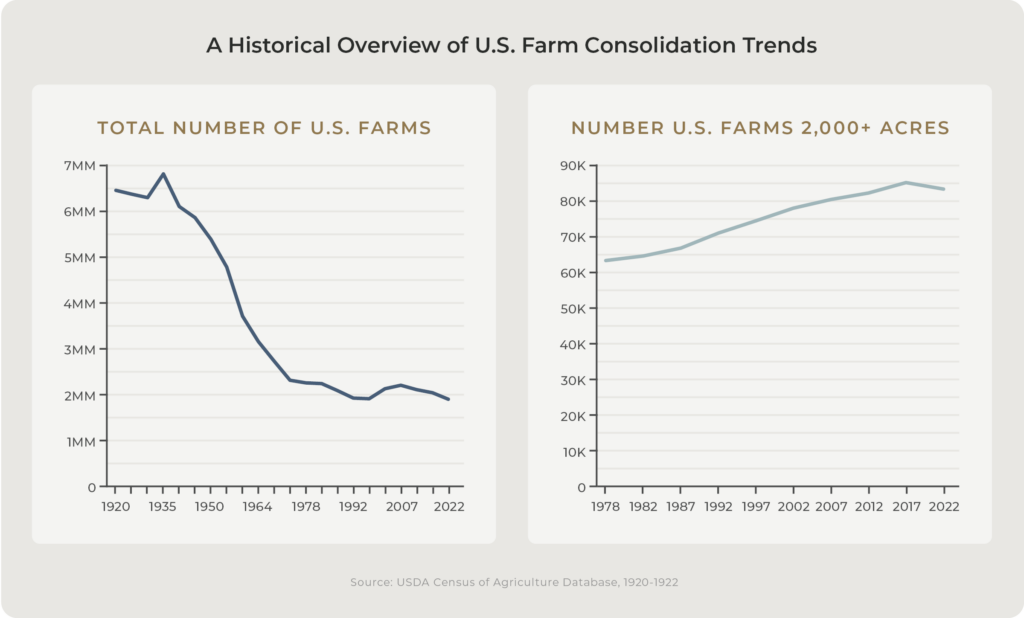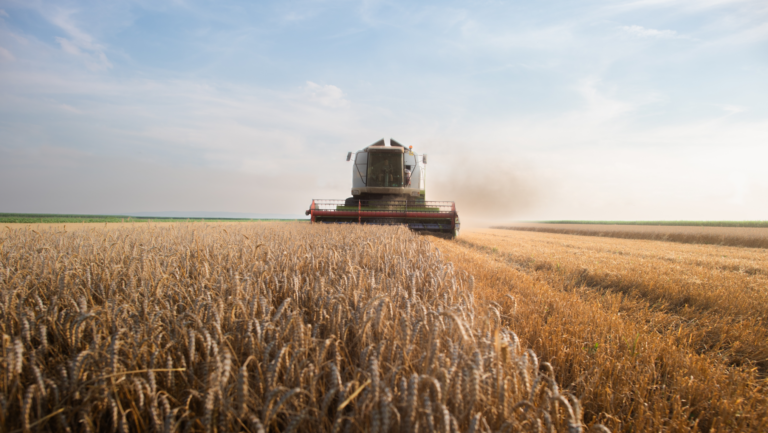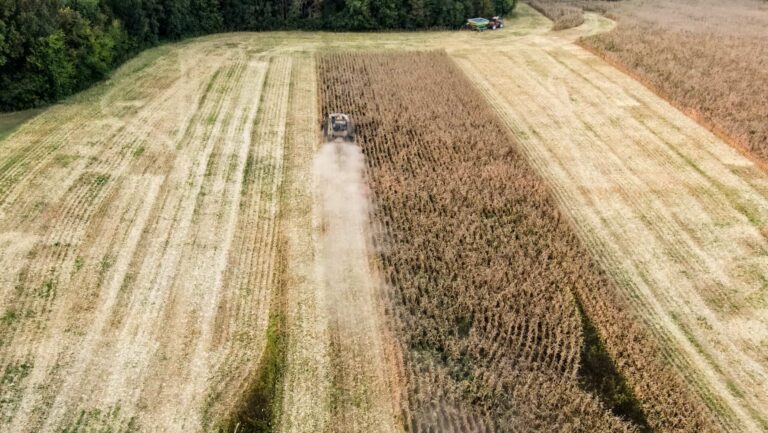The Consolidation Conundrum and U.S. Food System
Across the United States, along with in many parts of the world, the number of farms is shrinking while the size continues to rise. Through technological innovation and growing demand, the consolidation of our food systems seems an inevitable fate that will redefine its future.

The Missing Link – Capital
The short answer to this question is capital. The most successful farmers are generally landowners themselves who are more likely to invest in sustainable productivity that creates better outcomes for national food security, the environment, and themselves. Industry competition is pressuring them to get big or get out, leading many to find themselves in a “land rich, cash poor” situation. Unfortunately, these family farms have limited access to commercial banks, strategic equity partnerships, or alternative financing that provide additional options beyond traditional amortizing debt. With limited options available, many are forced into the impossible decision to sell, and the U.S. loses another capable farmer due to capital constraints.
Growth-oriented farmers need growth equity, hybrid equity, and flexible debt solutions to survive.






